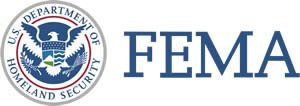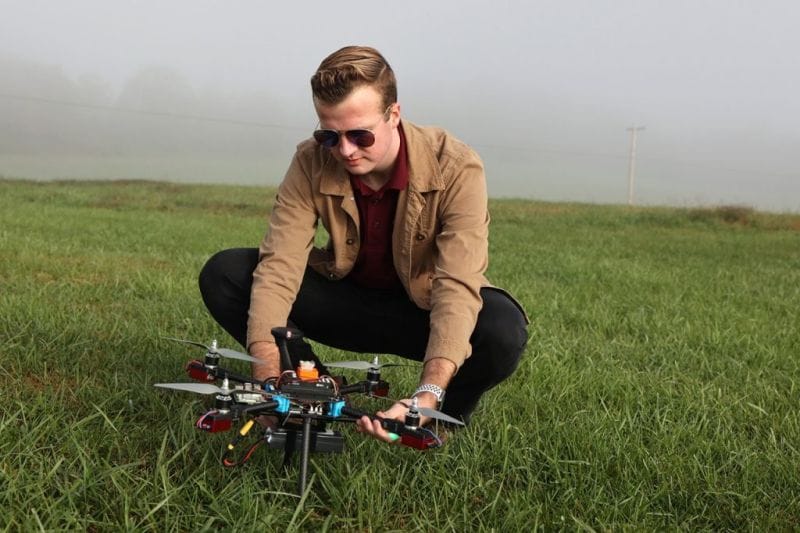RSS feed source: Federal Emergency Management Agency
FEMA is committed to providing equal access to federal assistance for Tennesseans who were affected by the April 2-24 severe storms, straight-line winds, tornadoes and flooding. Anyone with an accessibility need who is applying for FEMA assistance should let FEMA know.
If you or anyone in your household has a disability or language need—as well as a need to interact with FEMA or have disability-related losses due to the storms, it is important to answer “yes” to the appropriate questions when completing the application for FEMA disaster assistance. You will be asked to identify what you need to help you throughout your recovery process. Questions will also help identify other services for which you may be eligible to receive reimbursement.
Examples of the type of questions you can expect include:
Do you have a disability or language need that requires an accommodation to interact with FEMA staff and/or access FEMA programs? Do you or anyone in your household have a disability that affects your ability to perform activities of daily living or requires an assistive device? Did you have any disability-related assistive devices or medically required equipment/supplies/support services damaged, destroyed, lost, or disrupted because of the disaster?
A disaster can take away the key components that enable people with disabilities and people with other access and functional needs to live independently or to communicate with others.
Click this link to continue reading the article on the source website.


